

REBUFF 10/10. HOW UKRAINIAN CULTURE DEFEATS RUSSIAN MISSILES(NaN)
On the morning of October 10, editor Yury Marchenko was supposed to be running through Shevchenko Park, near his home, at the same time as the Russian rockets hit it. One of them — to the playground, the other — to the intersection of Shevchenko Boulevard and Volodymyrska Street. The blast wave damaged "strategic" objects: museums, educational institutions, restaurants, galleries, hospitals, the Ministry of Education, the Teacher's House and the protective structure around the monument to Mykhailo Hrushevskyi. We are looking for an answer not only with Yuriy Marchenko, but also with volunteer Serhii Prytula, architect Slava Balbek, historian Oleksandr Palii, military expert Serhii Kuzan, deputy director of the National Science and Natural History Museum of the National Academy of Sciences Oksana Chervonenko and director of the Khanenko Museum Yulia Vaganova.
Movie: REBUFF 10/10. HOW UKRAINIAN CULTURE DEFEATS RUSSIAN MISSILES

ВІДСІЧ 10/10. Як українська культура перемагає російські ракети
HomePage
Overview
On the morning of October 10, editor Yury Marchenko was supposed to be running through Shevchenko Park, near his home, at the same time as the Russian rockets hit it. One of them — to the playground, the other — to the intersection of Shevchenko Boulevard and Volodymyrska Street. The blast wave damaged "strategic" objects: museums, educational institutions, restaurants, galleries, hospitals, the Ministry of Education, the Teacher's House and the protective structure around the monument to Mykhailo Hrushevskyi. We are looking for an answer not only with Yuriy Marchenko, but also with volunteer Serhii Prytula, architect Slava Balbek, historian Oleksandr Palii, military expert Serhii Kuzan, deputy director of the National Science and Natural History Museum of the National Academy of Sciences Oksana Chervonenko and director of the Khanenko Museum Yulia Vaganova.
Release Date
Average
0
Rating:
0.0 startsTagline
Genres
Languages:
УкраїнськийKeywords
Similar Movies
 0.0
0.0A Good Year(uk)
A year ago, on 29 December 2019, prisoners were exchanged with the self-proclaimed ‘LPR’ and ‘DPR’. Among the Ukrainians who returned home were journalist Stanislav Aseyev, tanker Bohdan Pantiushenko, and human rights activist Andriy Yarovoi. Four months earlier, on 7 September, Crimeans Oleg Sentsov and Oleksandr Kolchenko were released from Russian colonies. We spoke to the former prisoners about their first year of freedom.
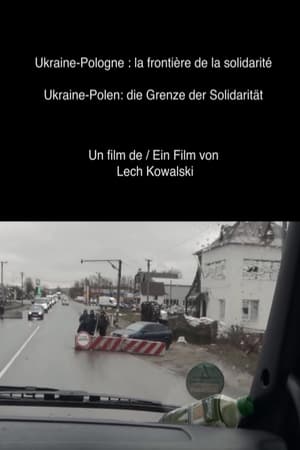 1.0
1.0Ukraine-Poland: The Border of Solidarity(fr)
Since 24 February 2022, when the Russian invasion of Ukraine began, several million refugees have already been taken in by Poles. In the Lublin region, near the Bug River, which marks the border with Ukraine and Belarus, farmers, shopkeepers, a photographer, and a teacher tell how their daily lives have been transformed by the outbreak of this war.
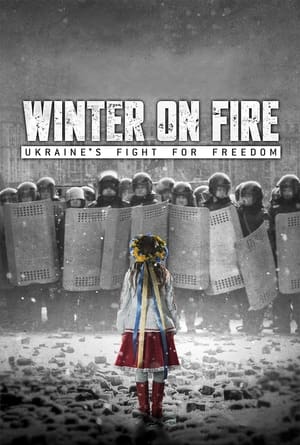 7.9
7.9Winter on Fire: Ukraine's Fight for Freedom(uk)
A documentary on the unrest in Ukraine during 2013 and 2014, as student demonstrations supporting European integration grew into a violent revolution calling for the resignation of President Viktor F. Yanukovich.
 0.0
0.0Eastern Front(uk)
On February 24, 2022, Yevhen, together with his friends, volunteered to join the first aid squad on the front line. They provided life-saving support and evacuation of the wounded. This film reveals the experiences of these young men for six months full of drama, despair, fear, hatred, bitterness, love, and, most importantly, faith in victory.
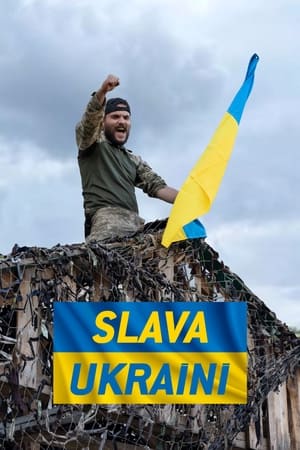 6.9
6.9Slava Ukraini(fr)
One year after the beginning of the full-scale Russian invasion of Ukraine, philosopher Bernard-Henri Lévy takes us to the heart of the combat through this war diary made during the second half of 2022. From Kharkiv and Bakhmut to Kherson, in the aftermath of the city’s liberation, this documentary bears witness to the ravages of war through the testimonies of soldiers, chronicles of the front and portraits of civilians, and shares with us the struggle of the Ukrainian people.
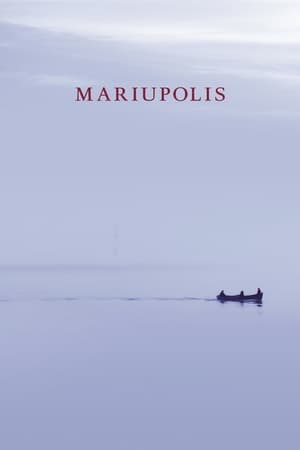 6.7
6.7Mariupolis(ru)
The city of Mariupolis is by the Azov sea. It is also on the river Kalmius. Most of the city’s residents, half a million according to the last census, are working for the steel factory and do fishing, for leisure or food, in between shifts. The orthodox church towers above the city and its newly build bronze domes are sitting next to it, waiting to be donned. A tent near by is sheltering a crying icon, which receives a steady flow of visitors.
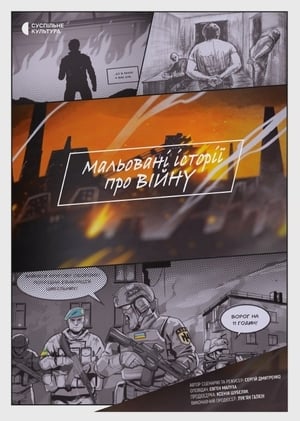 6.0
6.0Painted Stories About the War(uk)
This is a story about the Ukrainian comic book industry. The authors introduce the audience to a still little-known and under-appreciated art form in Ukraine - drawn stories. Where did this art come from? When did it appear in our country? What forms did it take in the Soviet era and how did it change in the first years of independence?
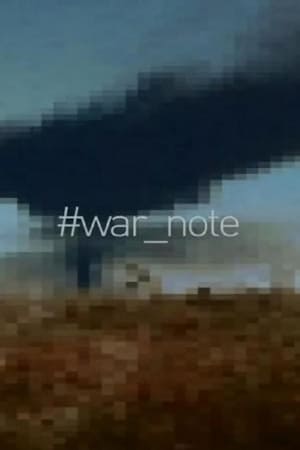 0.0
0.0War Note(uk)
Personal videos from the phones, camcorders, cameras and GoPros of Ukrainian soldiers are woven into a surreal journey to the frontline of the war with Russia. The film shows a bizarre world whose laws are quite different from what we are used to. The behaviour is different, the relationships unfold differently and the humour takes on different notes. The heroes wake up and fall asleep, rejoice and cry, always feeling that the recording may end at any moment.
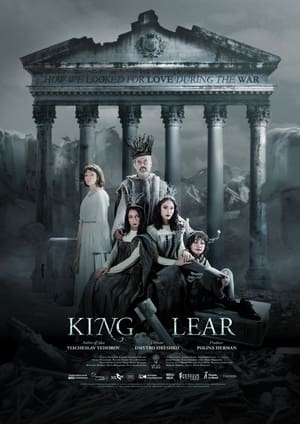 6.5
6.5King Lear: How We Looked for Love During the War(uk)
Due to the full-scale Russian invasion of Ukraine, tens of thousands of Ukrainians, fleeing the war, found refuge in Uzhhorod in western Ukraine. The local director decides to attract non-professional actors -displaced people - in bringing his dream into life - to stage the King Lear play. The theatrical performance helps them find themselves and their purpose in a new world where there is war, and the director finds an answer to the eternal question of what love is and why this world should not perish.
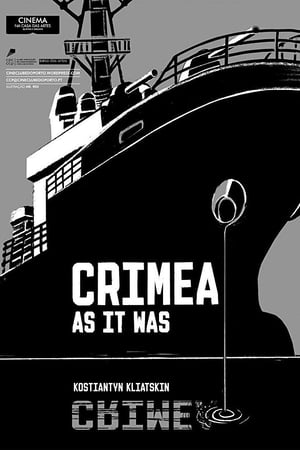 8.0
8.0Crimea. As It Was(uk)
The film is a story about the officers, soldiers and seamen who did not betray their oath of loyalty to the people of Ukraine and their first hand accounts about Russia's invasion and annexation of Ukraine's Crimean Peninsula. They continue to fulfill their military obligations on land, on sea and in the air today.
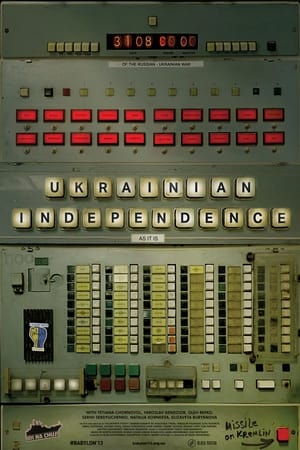 7.5
7.5Ukrainian Independence(uk)
The film’s events take place on a single day: August 24, 2022, the day Ukraine celebrates the 31st anniversary of the renewal of independent statehood. The film combines places and people that best capture the country’s wartime spirit. The locations are: the relatively safe cities of Kyiv and Lviv; the cities under daily missile fire of Kharkiv and Mykolaiv; a trench at the frontlines near Donetsk; and the beaches of Odesa. The film presents a day in the life of a beach police patrol, a woman anti-tank missile operator, a water delivery driver, a mortar unit soldier, a rapid assault unit soldier, a 14-year-old pub janitor, an artist and a former member of parliament. Together, these people and places create an engaging mosaic of a day in the life of Ukraine.
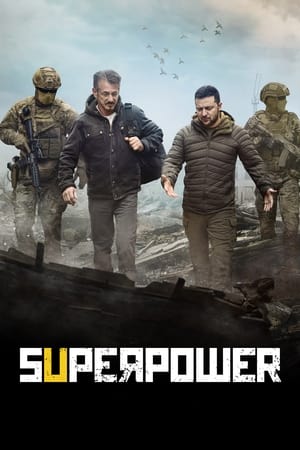 5.5
5.5Superpower(en)
Sean Penn and Aaron Kaufman’s documentary, shot just before and after Russian invasion of Ukraine on 24th February 2022, and featuring several interviews with Ukraine President Volodymyr Zelensky.
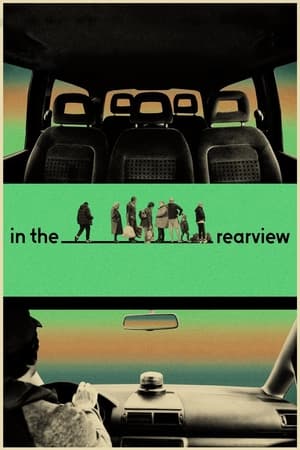 6.6
6.6In the Rearview(pl)
A Polish vehicle traverses the roads of Ukraine. On board, people are evacuated following the Russian invasion. This van becomes a fragile and transitory refuge, a zone of confidences and confessions of exiles who have only one objective, to escape the war.
 0.0
0.0Dear Beautiful Beloved(uk)
While the armed conflicts on the Ukrainian front have become a traumatizing everyday reality, out of necessity new structures of care have developed among Ukrainian society. As a contemporary document, this film looks at unseen moments of care work - continuous attempts to restore respect and security to people who have been violently deprived of them.
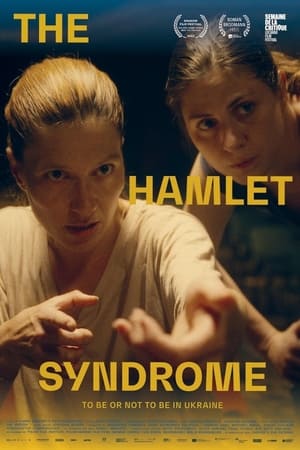 8.0
8.0The Hamlet Syndrome(de)
Five young Ukrainians discuss life following the Maidan Revolution of 2014. Not all fought in the Russian-Ukrainian war, but it, regardless, shattered their life plans. Representing 'Generation Maidan', they face the question of how to cope with experiences of violence, how to go on. A local theatre director produces Hamlet, wherein they can use Shakespeare’s tragic character as a mirror and face their traumas onstage. For them, 'to be or not to be' is not simply text but an existential dilemma with no clear answer.
 8.5
8.5Mariupolis 2(ru)
In 2022, Mantas Kvedaravičius went back to Ukraine, Mariupol, at the heart of the war, to be with the people he had met and filmed in 2015. Following his death, his producers and collaborators have put all their strength into continuing transmitting his work, his vision and his films. Also a PhD in anthropology, Mantas Kvedaravičius wished to testify as a filmmaker as far as possible from the agitation of the media and the politicians. With huge force and sensitivity, Mariupolis 2 depicts life as it continues amidst the bombing and reveals images that convey both tragedy and hope.
 0.0
0.0After the Rain: Putin's Stolen Children Come Home(en)
Deep in a forest by the Baltic Sea, a group of Ukrainian families come together to start the healing process with the help of golden retrievers and palamino horses at an animal therapy retreat. In the safety of the forest, the children’s memories of being illegally deported to Russia and their families’ struggles to rescue them are unraveled with the help of skilled and sensitive counsellors. The joy and humour the children discover during their time in the forest make it easy to forget that their stories are the reason the International Criminal Court recently issued an arrest warrant for Vladimir Putin. Nearly 20,000 abducted children remain in Russian institutions.
 8.0
8.0Maidan(uk)
A chronicle of the civil uprising against the regime of Ukrainian president Viktor Yanukovych that took place in Kyiv in the winter of 2013/14. The film follows the progress of the revolution: from peaceful rallies, half a million strong in the Maidan square, to the bloody street battles between protesters and riot police.
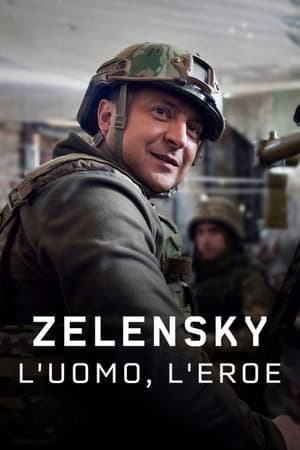 5.5
5.5Zelenskyy: The Man Who Took on Putin(en)
The rise of the comedian, actor and entertainer who became the improbable wartime leader. Exploring the man behind the series of game changing social media and TV appearances which have encapsulated the defiant response of a nation.
